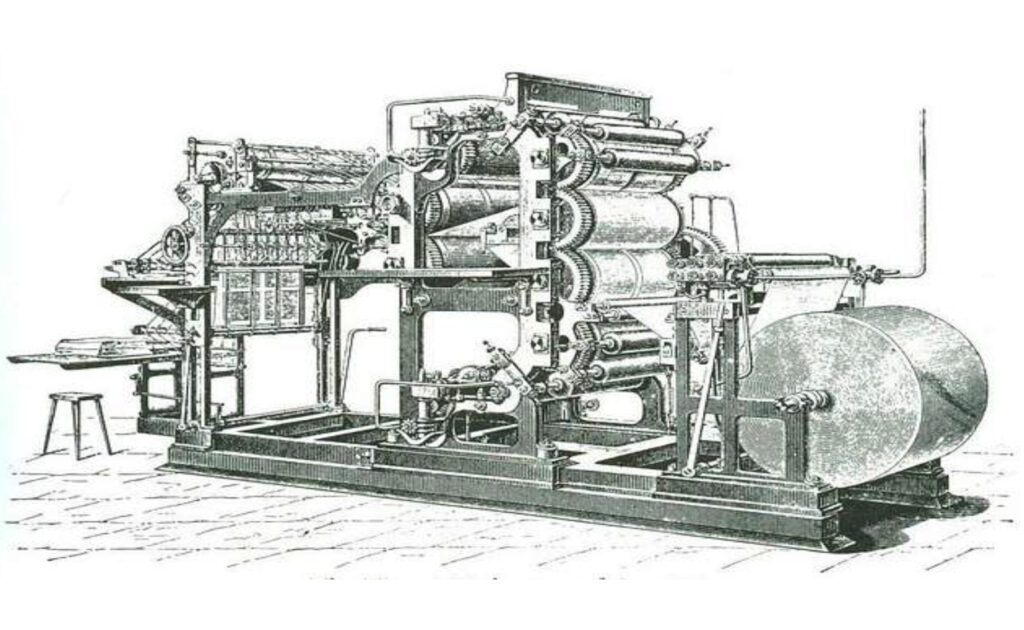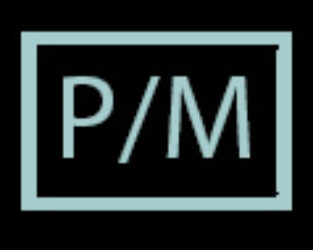
Print is dead! Isn’t it? We’ve all heard it hundreds of times. Well, is it? I’m here to say NO. In fact, print will always be a part of the branding and marketing fabric. But what about the internet? Let me ask you this; what would a YouTube “unboxing” be like without the box – fully7 resplendent in print? Common assertions sometimes have little basis in fact . . . well, that’s an understatement, isn’t it?
Print is a tactile (for the most part) approach to influencing a target audience. Although a printed piece relies heavily on our sense of sight and touch, it also appeals to other senses, such as hearing, and even smell! Maybe in some rare cases taste, but I recommend you research further before eating that printed piece! Print offers a very different connection to your target audience than does electronic pieces. But that said, print lives quite happily with the virtual world and often works hand-in-hand with it.
As popular as virtual outreach is, email and social media platforms are becoming very crowded places. It’s quite common to see four, five, even more, advertisements on your screen at any given time. This creates an environment where audiences are trained to ignore, not be attracted, to your virtual pieces. And while our US mailboxes were overflowed with spam at one time, they are less so today. That said, our email boxes are jammed with spam, spam, spam. – Monty Python fans can stop singing now. This does not mean we abandon digital media, but it does suggest some strategic opportunity that you may not have considered recently. The idea is to “reach” your audience – not just create a piece that misses your mark. Be creative.
Where else can we see a shift in trends? The current popularity of vinyl records is a good example. Despite all of the downsides of old-school vinyl, the appeal of vinyl resonates with younger target audiences – most of whom see it as a new experience. What’s the appeal? Vinyl records provide a physical and tactile relationship due to the cover, the disc, cellophane wrapping, and anything else included in the package. There is a psychological and emotional advantage to tactile media. It’s in-part a physical experience. We hold it, look at pictures, read lyrics, etc. It’s a powerful accompaniment to the audio experience we expect from recorded music. Does this mean we abandon digital delivery models for music? Certainly not . . . vinyl appeals to a specialize market. That said, their purchasing dollars are welcomed and oftentimes those same people purchase the digital versions as well.
What about news consumption? For those who loved reading a newspaper, you know that experience is much different from reading news on your phone, tablet, computer, or even watching it on TV. There is a muscle-memory and a ritual involved in reading a newspaper. Even the anticipation of the newspaper being delivered, or buying it at the corner store, is a tactile process that is involving, and can even enhance retention!
What about books? Smart authors have not abandoned printed books. Like a newspaper, the tactile experience of reading a printed book is different from digital books. Again, your target audiences will differ – some love their Kindles, others want to sit by a fire and read a printed book. Some appreciate both. If there is a good business model to support the needs and desires of your target audience, it’s worth considering.
What does all of this mean for your business marketing and content delivery? Does this mean we shift away from digital media and go back to ink-covered fingers and coffee stained newsletters? Of course not, but it does mean you should not consider print a dead media. It’s very much alive in our culture. And, it represents some benefits and potential opportunities for your messaging. Your marketing content toolbox should be well stocked and ready to reach your target audience wherever they are.
M.
